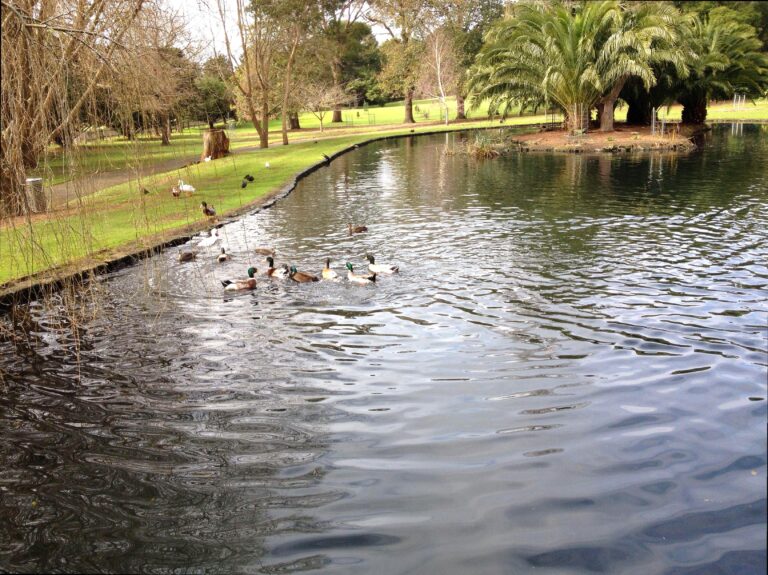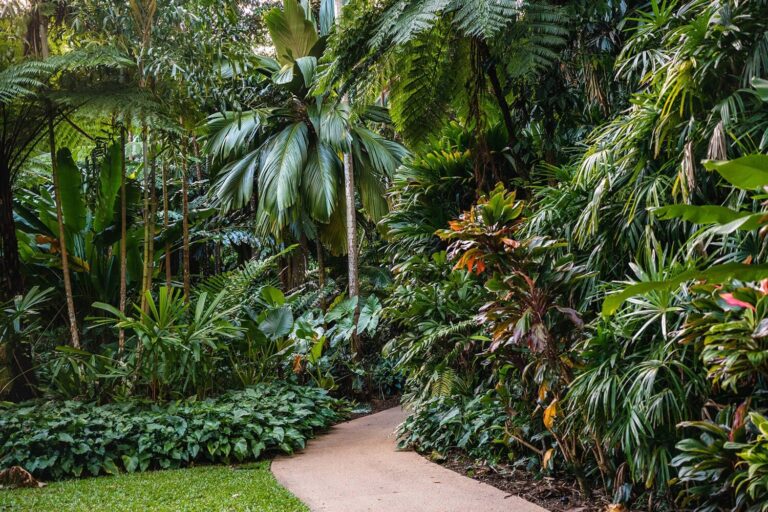
Participating in an Aboriginal art workshop offers a unique opportunity to immerse yourself in the rich cultural heritage and artistic traditions of Aboriginal communities in Australia. These workshops are not only a platform for creating art but also serve as a means for learning about the history, values, and stories that are deeply woven into the fabric of Aboriginal culture. By engaging with knowledgeable artists and utilizing traditional techniques and materials, individuals can connect with the land and its stories, making the experience deeply personal and enriching.
Understanding Aboriginal Art
Aboriginal art is distinguished by its profound connection to storytelling, spirituality, and the natural world. Each piece of art serves as a reflection of the artist’s experiences, culture, and beliefs. Unlike Western art forms, which often emphasize individual expression, Aboriginal art is deeply communal. The motifs and symbols used in the artworks often convey stories, history, and messages about the Dreamtime—the Aboriginal understanding of the world’s creation and existence.
Participating in an art workshop is an opportunity to delve into this ancient form of expression, where each brushstroke or dot holds meaning and significance. Understanding the stories behind the art can enhance your appreciation and connection to your own creative process.

Choosing the Right Workshop
With an array of options available, selecting the right Aboriginal art workshop can greatly influence your experience. Here are some key factors to consider:
-
- Location: Opt for a workshop that is situated within or near an Aboriginal community, enabling authentic cultural exchange.
- Instructor Background: Choose workshops led by established Aboriginal artists who can share their unique perspectives and teachings.
- Medium Offered: Different workshops focus on various mediums, such as painting, weaving, or pottery. Pick a medium that speaks to your interests.
- Duration: Workshops vary in length, from a few hours to several days. Select one that fits your schedule and level of commitment.
- Group Size: Smaller groups often facilitate a more intimate learning experience and allow for personalized instruction.

The Workshop Experience
Once you’ve chosen a workshop and arrived at the venue, the experience is typically structured to provide both theoretical knowledge and hands-on practice. The instructor usually begins with an introduction to the cultural significance of the artworks and the specific techniques that will be employed. This might include a history of Aboriginal art and a discussion on the symbolism and stories behind certain motifs.
As the workshop progresses, participants engage in practical activities, guided by the instructor. You may start by preparing your materials, learning about natural pigments, or grounding the canvas with traditional patterns. The rhythm of creation, accompanied by stories and the sharing of knowledge, is where the magic happens. The atmosphere is collaborative, encouraging interaction among participants as they express their creativity while absorbing the profound cultural contexts surrounding them.
Connecting with Culture through Art

Art has the power to transcend barriers and foster understanding. Participating in an Aboriginal art workshop is more than just creating a piece of art; it is an enriching cultural exchange that offers insights into the values, beliefs, and histories of the Aboriginal people. As you work, you will likely find yourself questioning your perceptions of identity and creativity—realizing how they intertwine with the community and land.
Furthermore, the connections formed during the workshop can lead to broader discussions about respect, preservation of heritage, and the importance of acknowledging the contributions of Indigenous cultures to the global narrative. By taking part in these workshops, you are also supporting the continuation of traditional practices and ensuring that Aboriginal art remains a vital part of Australia’s cultural landscape.
Conclusion
Participating in an Aboriginal art workshop is a meaningful journey into a world rich in history, culture, and creativity. Through hands-on experiences, you can not only create art but also deepen your understanding of Aboriginal stories and traditions. By choosing a workshop that resonates with your interests and engaging wholeheartedly in the experience, you cultivate a connection that extends beyond the canvas. This journey of discovery allows you to explore the intersection of art and culture, paving the way for a more nuanced appreciation of the vibrant Aboriginal community and its artistic practices.
FAQs
1. What should I wear to an Aboriginal art workshop?
It’s recommended to wear comfortable clothing that you don’t mind getting a bit dirty, as working with paints and other materials can be messy. Closed-toe shoes are also a good choice for safety.
2. Do I need prior art experience to attend these workshops?
No prior art experience is required! These workshops are designed for all skill levels, and instructors often provide guidance tailored to each participant’s abilities.
3. Are materials provided during the workshop?
Yes, most workshops provide all the necessary materials, including paints, brushes, and canvas. It’s always good to check in advance to confirm what will be supplied.
4. Can I take my artwork home?
Absolutely! Participants usually get to take their finished pieces home as a personal keepsake from the workshop.
5. How do these workshops support Aboriginal communities?
Many workshops directly benefit Aboriginal artists and communities by promoting cultural heritage, providing economic opportunities, and fostering a greater understanding of Indigenous art and history.




